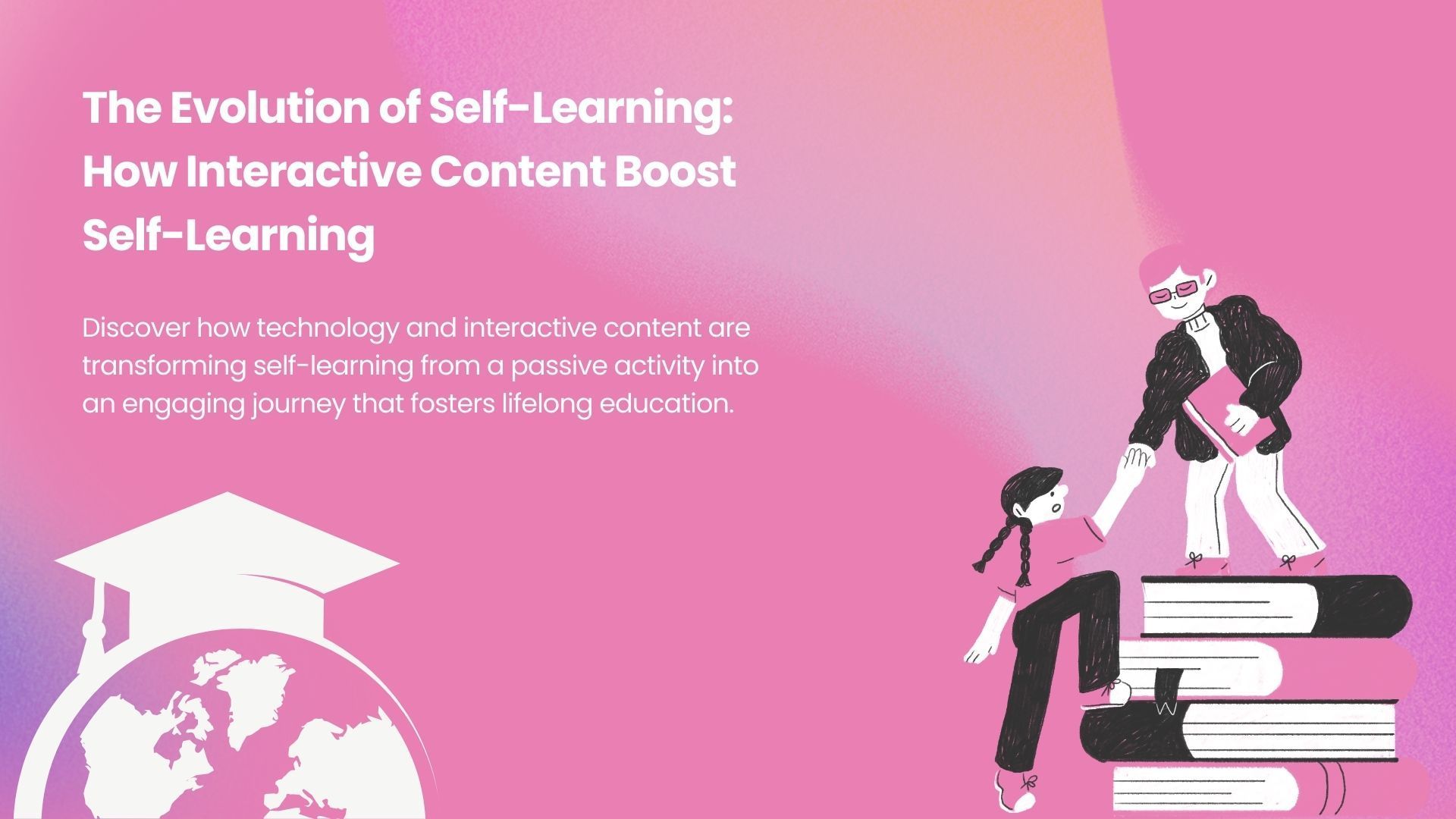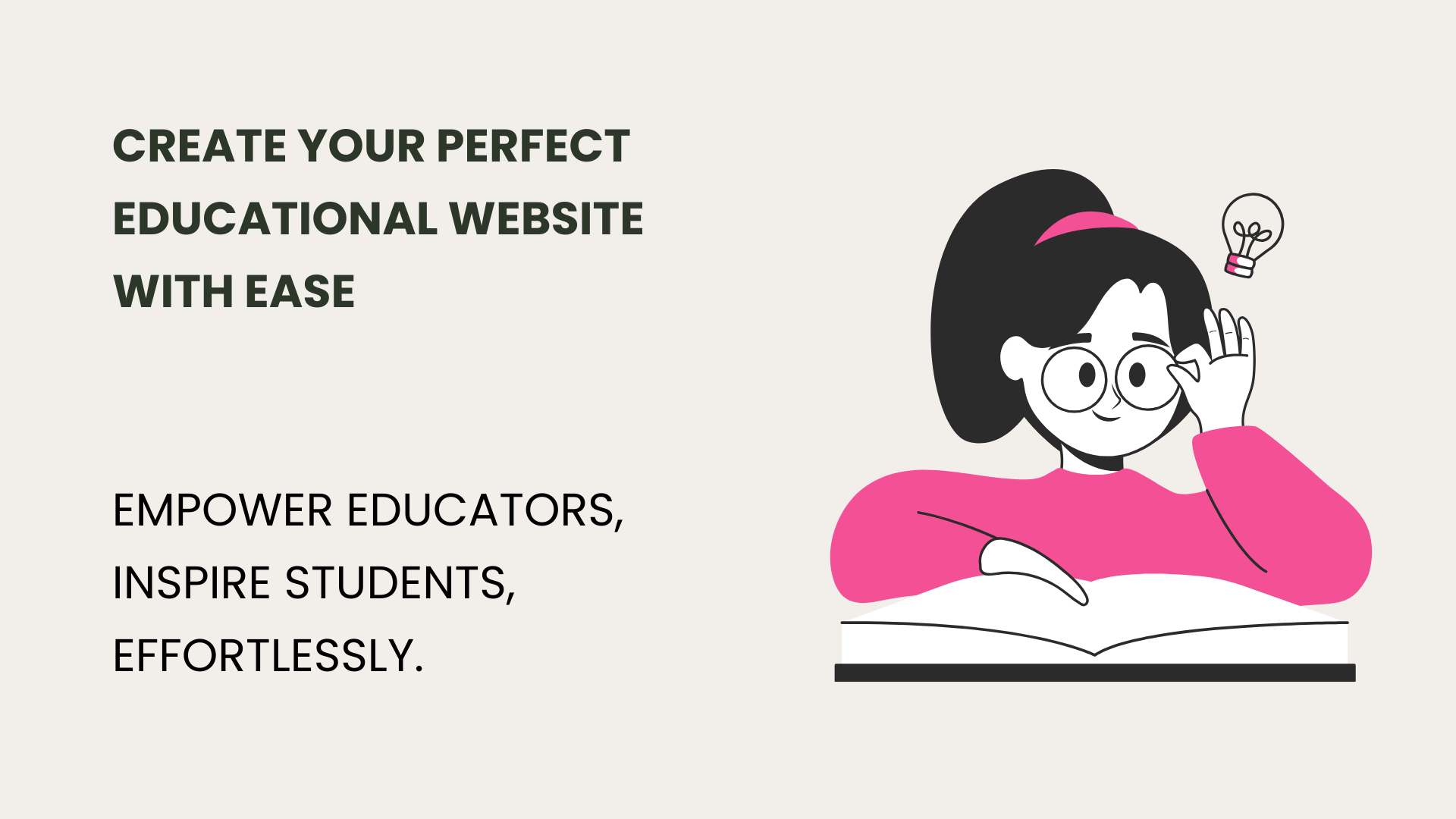The assessment of the learner’s vocabulary has always been a great resource for language teachers as a short proxy for indicating valuable information. For starters, the vocabulary of the learner demonstrates the learner’s proficiency of the target language, which is immensely important when it comes to placing the learner in the right group, for example.
Researchers can use vocabulary size tests to determine plagiarism in an academic setting and more. While the latter is done for educational purposes by teachers, vocabulary assessment is also common in other areas of life too. For example, sometimes, without even realizing it, the job interviewer will assess the vocabulary of the potential candidate for the position to determine if they are the right fit for the job. Another example is the unconscious analysis of the vocabulary and structure during the process of getting to know someone.
This usually gives us information about the sociocultural status of the person we’re talking to. This assessment can also reveal information about the profession of the target, as well as their personality in general. All of this makes vocabulary even more important in language learning. Thus, it is essential for teachers to extract as much information on the vocabulary of the learner as possible, which could serve as possible guidance for the educators to pick a specific curriculum.
Issues in Vocabulary Assessment
However, sometimes vocabulary assessment can become tricky. For example, a person, who works at an IT company and uses English to communicate with other team members abroad, could potentially develop vocabulary, specific to the tasks that they encounter, to an advanced proficiency level, while still having major difficulties finding the right words and expressing themselves in more common, everyday topics. In the latter example, the learner has advanced vocabulary on one topic, while missing essential vocabulary on other common topic and possibly even the necessary structure to communicate.
A vocabulary test could detect low proficiency for certain topics, but it is static, so the variety of topics cannot be big enough to reveal valid results. A proficiency test could detect a low proficiency, while the learner assumes they know more than enough to get by.
Another example could be the well-known “self-learner”. The common thing here is to start reading a dictionary and memorizing each and every word with the many definitions and translations, hoping the words will stick around in the memory for the right moment.
How Do We Do It?
However, with no structure, pronunciation, and practice of the four skills, the target here is risking spending a lot of time and energy trying to learn a language, while all they were doing is reading words without context. Definitely not a productive approach to language learning.
The idea of creating the ultimate vocabulary assessment tool popped up while reviewing all the issues in the field. What if we could create a test that would detect the overall proficiency based on vocabulary, while also providing information about any gaps in the vocabulary. Gaps being the lacking knowledge of vocabulary for some topics, which does not correspond to others demonstrated by the same learner.
The bot we created for this purpose easily detects the proficiency level of the learners through the analysis of their vocabulary. In order to compile the necessary data for the analysis, the bot asks a couple of open-ended questions for the learner to reply to. Each question represents a different topic, giving the learner a chance to demonstrate the range of vocabulary knowledge. The bot then compiles all of the text together and detects an overall proficiency level using a well-researched dataset of specific words and assigned levels. The level is also detected per predefined topic. This way, through the contrast of text input for each topic, the bot determines any gaps in the vocabulary knowledge of the learner. This data can be extremely useful throughout the educational platform. For example, it notifies the teacher to address topics that the learner might’ve missed.
Another use for this data can be found in the administrative section of the school, where the learners can be grouped by similar needs in their vocabulary. Most notably, the learner benefits a great deal here. By the end of the test, the bot provides the learner with an information sheet which describes the bot-calculated score of test in various other proficiency scoring systems, such as IELTS, CEFR and TOEFL. The learner also gets to see how well they did per topic, in terms of vocabulary usage, while also the grammatical structures they’ve used in their text the most.
The post Assessing Vocabulary appeared first on Tutor Platform.


